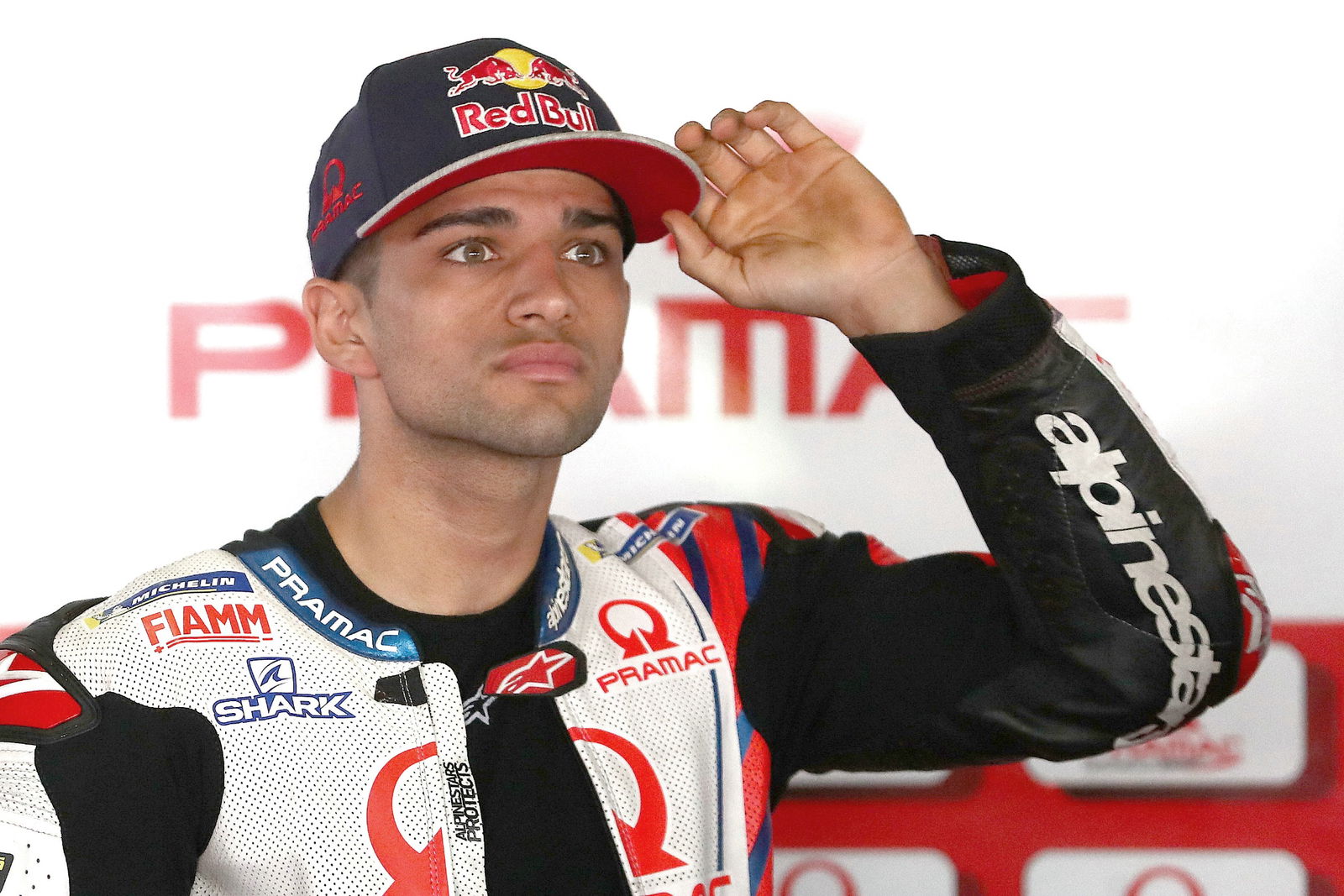Brembo: Laps 2-8 most demanding on MotoGP brakes, 20% less pressure in last lap

Like all racing machines, a MotoGP bike behaves very differently at the start of a race compared to the end, with tyre grip and fuel load the most important variables.
Grip is the dominant performance factor and reduces as a race goes on, which is why fastest laps are usually set during the first half of a MotoGP, but the drop is never linear and partially offset by the reduction in fuel.
The ability of a bike to save its tyres combined with the rider making the most of that grip by closely shadowing the optimum performance limit as it snakes generally downwards towards the chequered flag appears increasingly crucial.
Suzuki's Joan Mir won last year's title despite never having the outright speed to start on the front row of the grid, for example. Just one race so far this season has been won by a rider starting on pole and the podium order has only been settled during the final 6 laps of each race.
While the variation in all-important tyre grip is broadly replicated by the lap times, how riders react to a decreasing fuel load is harder to spot from the outside.
"Yes, there is an important difference in terms of effort on the braking system due to the quantity of fuel in the tank," Andrea Bergami, a Brembo race engineer in MotoGP, Moto2 and Moto3 told Crash.net.
"With a low fuel tank there is a reduction for sure of the braking distance, but usually the most important difference is in the braking pressure applied by the rider, which in the last lap is up to 20% less than the first laps of the race.
"Consequently, also the braking energy gradually decreases during the race. Usually, the most demanding lap in terms of braking energy is between Lap 2 and Lap 8, depending on the circuit and on the motorbike."
While the energy needed to stop the bike varies significantly, Bergami explained that the actual braking technique remains unchanged, largely due to the behaviour of the carbon discs.
"Usually, all the MotoGP riders apply in the initial part of the braking a maximum pressure and then they begin to gradually decrease the pressure until the entrance of the corner," Bergami said.
"But this 'way' of braking is due more to the behaviour of the carbon material than to a rider 'style'.
"Indeed, with the increase of temperature [during braking], the friction coefficient of the carbon material gradually increases, so less pressure is needed to generate [the same] braking torque."
But there is much more rider individuality when it comes to the rear brake system.
"I think that the different ways in which the riders use the rear brake in the last years is related to an overall evolution of the motorbike, including also the tyre," Bergami said.
"Indeed, all riders use the rear brake in a different way and with different configurations (thumb, finger or foot), but all these differences are mainly due to the way in which the rider has to ride their motorbike to make the 'complete package' as effective as possible."


